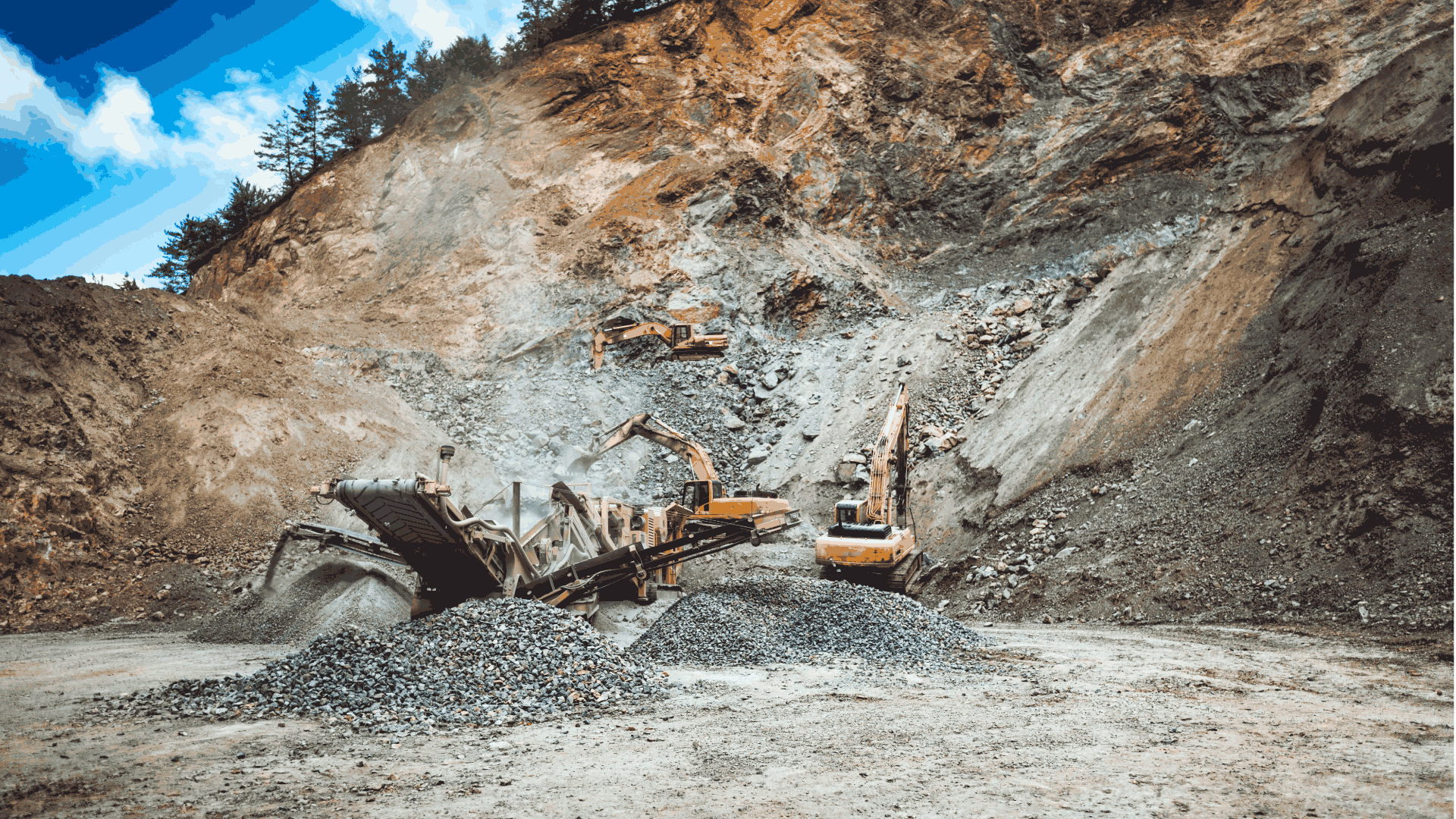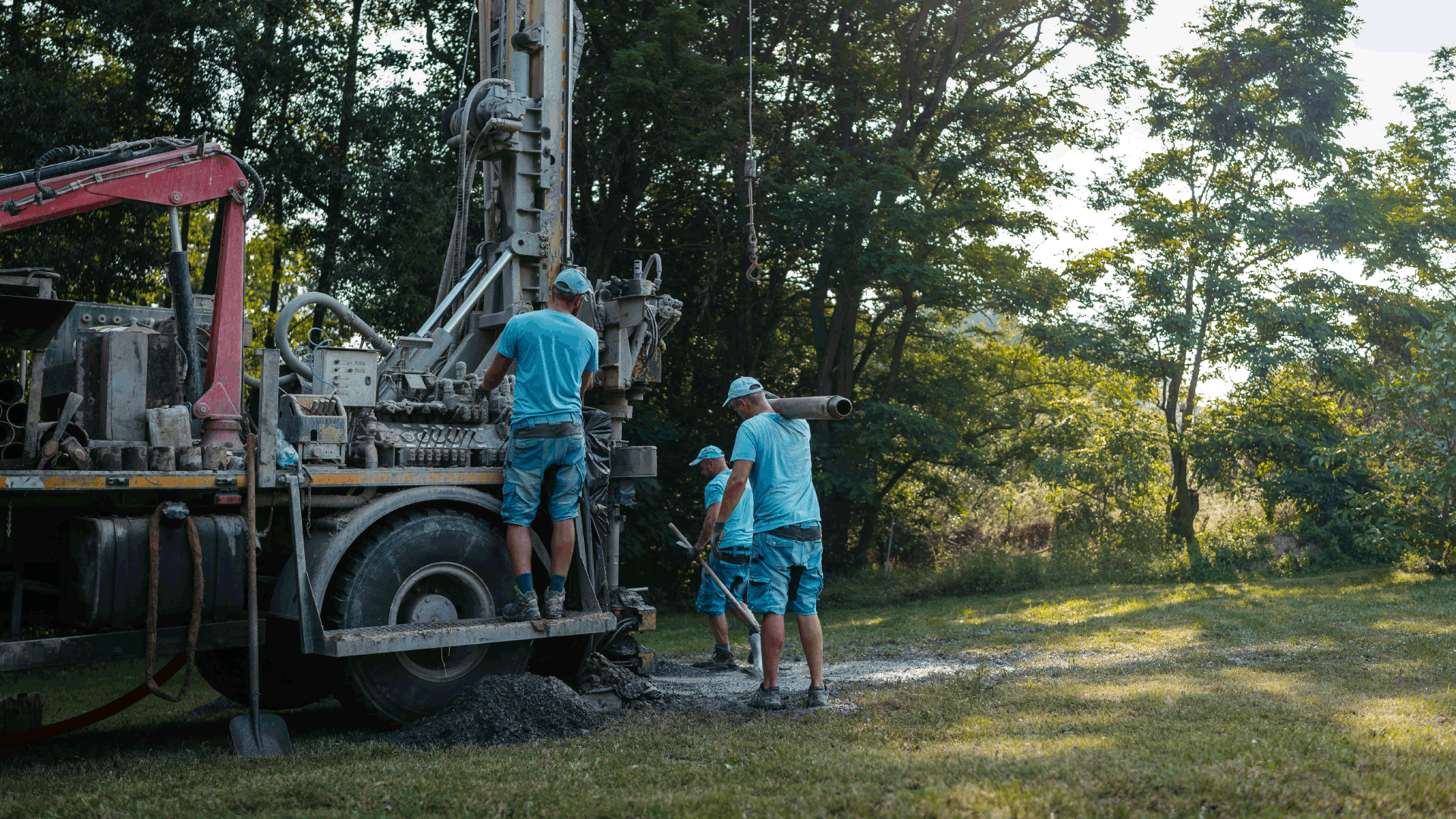Geology
Geological surveying is at the heart of the ecological transition. It enables better resource management, risk prevention, and an environmentally friendly approach.
MLG Geological Services – Technical Overview
MLG (Mining Leadership Group) provides end-to-end geological consulting and field services for the global mining industry, with a proven track record spanning over four decades across Canada, Africa, Russia, and Latin America. Our geological division offers a comprehensive, integrated approach covering every stage of mineral exploration and resource development — from early-stage data review to the production of internationally compliant technical reports. Below is a detailed presentation of our core competencies.

Mining exploration
MLG’s geological exploration services begin with a rigorous geoscientific data audit, assessing the quantity, quality, and spatial distribution of existing datasets — including geological maps, geophysical surveys, historical drill logs, and geochemical data. Our experts evaluate the current geological understanding of the deposit and, if deficiencies are identified, design and supervise a complementary exploration program tailored to de-risk the project. This can include new field mapping campaigns, targeted sampling, or additional airborne and ground geophysical surveys.
We specialize in the integration of legacy and modern data through GIS platforms, remote sensing (satellite imagery and photo-interpretation), and structural geology analysis to delineate lithological boundaries, alteration halos, and structural traps. Our deliverables include multi-scale geological compilation maps, 2D and 3D target modeling, and strategic exploration recommendations based on a multicriteria geoscientific approach. MLG is recognized for its ability to transform fragmented or obsolete datasets into actionable exploration intelligence.
Drilling
MLG manages all operational and technical aspects of mineral drilling programs — whether exploratory (RC or diamond drilling), resource definition, or geotechnical in nature. Our services cover the full drilling value chain, including drill target optimization, determination of drill density and grid spacing, selection of drilling techniques (core, percussion, sonic, auger), and engagement of qualified drilling contractors under robust contractual frameworks.
During drilling operations, MLG ensures the full implementation of industry best practices in core recovery, lithological logging, structural interpretation, and sample chain of custody. We conduct detailed borehole geophysical logging (e.g., gamma, resistivity, and magnetic susceptibility), deviation tracking using Reflex or gyroscopic tools, and comprehensive drillhole QAQC monitoring. The resulting geological and geotechnical data are stored in a centralized database, supported by a fully documented core library, available for future metallurgical or validation studies. Our team also provides onsite supervision, real-time data verification, and the production of drill plan maps, cross-sections, and downhole analytical plots.


Technical reports
MLG is fully accredited to produce independent technical evaluation reports in accordance with NI 43-101 (Canada) and JORC (Australasia) codes — recognized internationally by financial institutions, stock exchanges, and mining authorities. Our reports include detailed descriptions of property geology, mineralization models, historical and current exploration activities, QAQC protocols, data verification, and risk analysis.
Beyond geological content, our reports provide critical assessments of legal tenure, environmental liabilities, fiscal regime, and contractual obligations affecting the project. We conduct complete project due diligence covering ownership structure, joint ventures, royalty agreements, and permitting. Our evaluation also includes economic benchmarking, fair market valuation, and scenario-based risk quantification, essential for equity raising, mergers and acquisitions, and feasibility-level decision-making.
Resource calculation
MLG applies a rigorous, transparent, and auditable approach to mineral resource estimation, leveraging geostatistical tools such as kriging, inverse distance weighting (IDW), conditional simulation, and variographic analysis. Starting with high-quality, QAQC-validated data from drilling and surface sampling, our resource geologists construct 3D geological models representing lithological domains, alteration zones, structural controls, and grade continuity.
We integrate geological, geophysical, and geochemical datasets using advanced software (e.g., Leapfrog Geo, Surpac, Datamine, Micromine), followed by composite generation, statistical capping, and domain-based variography. Estimation domains are validated against exploratory data analysis (EDA), and multiple interpolation methods are tested to ensure robustness. The final block model includes volume, density, and grade attributes and complies with CIM Definition Standards or JORC requirements for classification into Measured, Indicated, and Inferred categories. Detailed uncertainty analysis and sensitivity testing are conducted to support decision-making and future drilling prioritization.


Reserve calculation
Quality Assurance and Quality Control (QAQC)
A cornerstone of MLG’s methodology is the implementation of a robust QAQC framework throughout all stages of data acquisition and analysis. Our protocols cover sampling design (random, systematic, or targeted), duplicate and blank insertion, certified reference materials (CRMs), field and laboratory duplicates, pulp and reject analysis, and third-party laboratory verification.
We define and monitor acceptance criteria for precision, accuracy, and bias, and maintain complete traceability of analytical workflows through standard operating procedures (SOPs) and laboratory audit trails. MLG also provides QAQC audit services, validation of legacy datasets, arbitration of disputed analytical results, and independent QAQC review reports to satisfy investor, regulatory, or stock exchange requirements. Our QAQC systems align with international best practices (e.g., ISO 17025, CIM Best Practices Guidelines) and ensure the integrity of the resource database on which all downstream decisions are based.

